Passive Fire Protection (PFP) was born out of the need to prevent loss of life and property by containing or minimising the spread of fire. Although working in tandem with Active Fire Protection (AFP) elements such as automatic fire detection and fire suppression systems, PFP is one of the best forms of fire protection as it promotes ‘Safety in Design’. The major benefit is that PFP is effective regardless of the actions taken by individuals or active safety systems.
The New Zealand Building Code (NZBC) C/AS4 defines a fire separation as “any building element which separates firecells or firecells and safe paths, and provides a specific fire resistance rating." Walls, floors and ceilings are examples of building elements that can be part of a fire separation system. These fire separations are used to form compartments which inhibit the spread of fire and smoke, buying time for occupants to escape and firefighters to work.
The efficacy of passive fire products is determined by their ‘fire rating’ or more specifically as defined by AS1530.4: 2014 the ‘Fire Resistance Level’ or FRL. Fire Resistance Level is split into three metrics:
- Structural adequacy (SA): This metric evaluates whether a product or system can continue to be load bearing or carry a pre-determined load during fire conditions. This metric is only relevant for wall/floor systems and does not apply to sealants and fire collars as they are not designed to be load bearing.
- Integrity (INT): This metric evaluates the product's or system’s ability to prevent and restrict the passage of flame and fumes. This is measured by the auto-ignition of a cotton pad on the non-fire side of the wall or floor. The test standard does not evaluate the smoke leakage.
- Insulation (INS): This metric evaluates the thermal insulation properties of the product or system. This is measured by a series of thermocouples on the non-fire side of the wall or floor.
Fire resistance levels are usually expressed on product brochures and test reports as “SA/INT/INS”. Fire resisting systems with structural properties such as walls, floors or ceilings must maintain an FRL in all three categories, for example 30 minutes would look like 30/30/30. When looking at an FRL rating of fire collars for example, they will look like this -/120/120 only featuring integrity and insulation ratings as they do not have any structural adequacy.
A building’s FRL is decided by a fire engineer by placing the building into a risk group based on the activities, age and mobility of the occupants along with the building's design (materials and access), and proximity to other properties. A fire engineer will ensure that the building's FRL provides sufficient time for the occupants to safely evacuate and fire fighters to control the fire without causing risk to adjacent property or further spread. Fire engineers work to clause ‘C - Protection from Fire’ of the New Zealand Building Code (NZBC).
Product selection and installation depend on design and construction methods. The designer/installer may select from either cast-in fire collars that create a fire rated penetration prior to the installation of services (e.g. pipe work), or retro fit products that are installed once the service is in place.
A cast-in system is fixed to formwork in the location where the pipe or other service will be located. Once the concrete is poured, the formwork is removed from around the collar, leaving a fire rated penetration for the service to be installed through. This method takes some planning but removes additional fittings on the underside of the slab and a large labour component.
A retro fit solution will require the penetration to be cut to the exact specification for a supplier's product. Once the plastic pipes/services are in place, the low-profile fire collar, drop-in fire collar or fire wrap can be installed. The installation of these life-saving products requires attention to detail; from the penetration hole size and type of sealant, to the type of fixings, it is important that the systems are installed to the exact specifications as those tested to ensure the performance meets the building's FRL requirement. A detailed record/schedule of the systems used in each location is then generated and submitted to the local authorities.
Allproof Industries is a leader in the passive fire protection market. This range includes the low-profile pipe collars, cast-in fire collars, drop-in fire collars and pipe wraps. Allproof’s NZ-made advanced intumescent technology works when the intumescent is exposed to heat, the volume increases at a significant rate and pressure. The expanding intumescent fills the penetration void as the plastic pipe/service melts away creating a seal. The char formed is stable and a poor thermal conductor, retarding heat transfer while maintaining the insulation and integrity of service penetrations. Allproof Industries tests their products in accordance with AS1530.4 – 2014 and AS4072.1 – 2005 at independent IANZ accredited fire testing laboratories and has a Branz Appraisal [No.1088].
Passive fire protection is crucial as part of the fire protection system of a building and there is a considerable amount of evidence to show that if the right product is correctly installed, passive fire protection can have a substantial effect on the amount of lives saved and damage done to properties. All aspects of the passive fire industry from design, specification, installation to inspections, certifications and maintenance require knowledge and understanding of products and their testing before making the right decision. With a good understanding of PFP and planning, the occupants of your projects can greatly benefit from these systems.













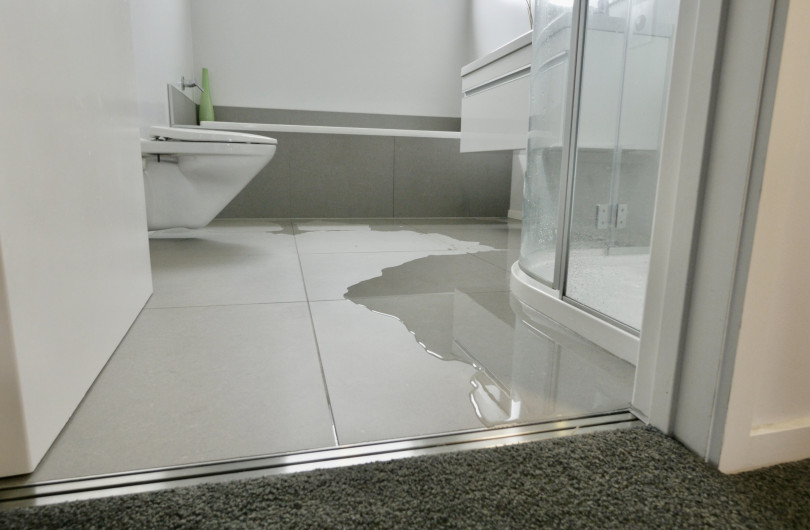

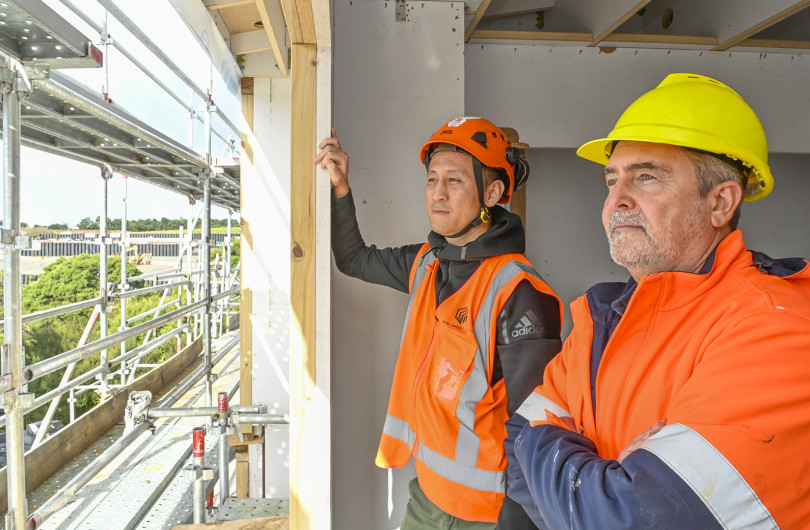
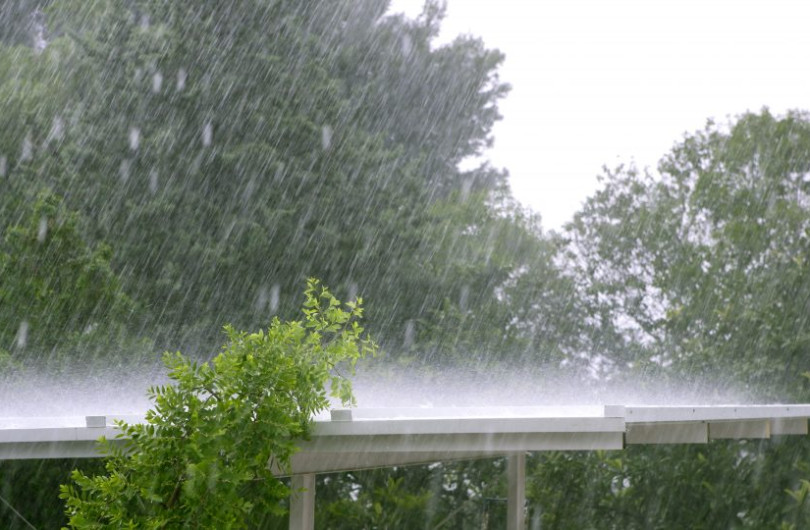

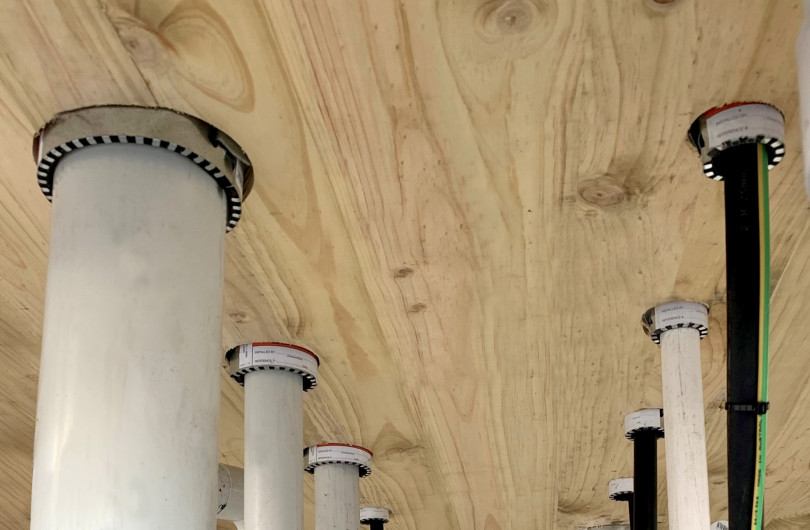






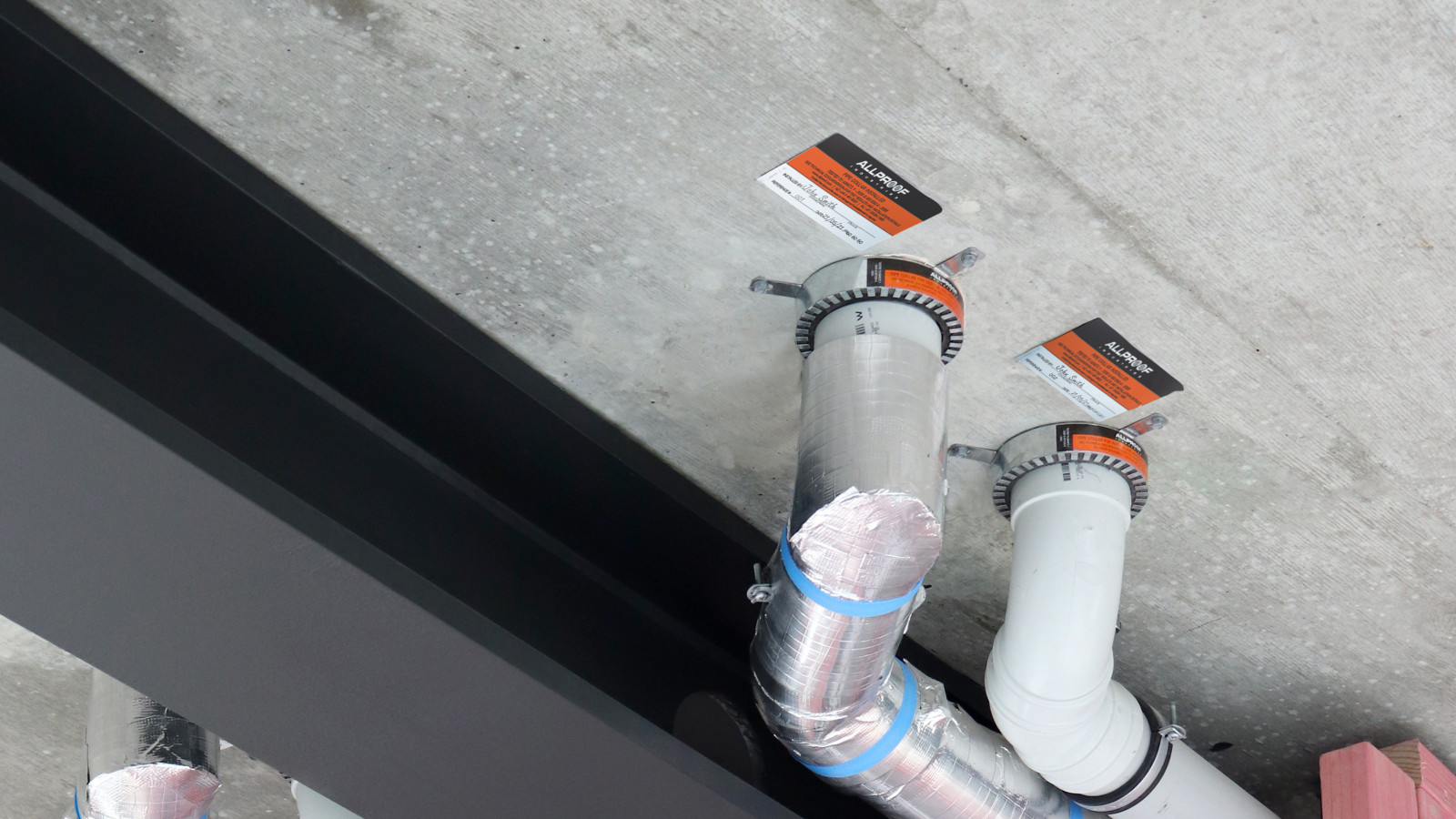



 Most Popular
Most Popular Popular Products
Popular Products



